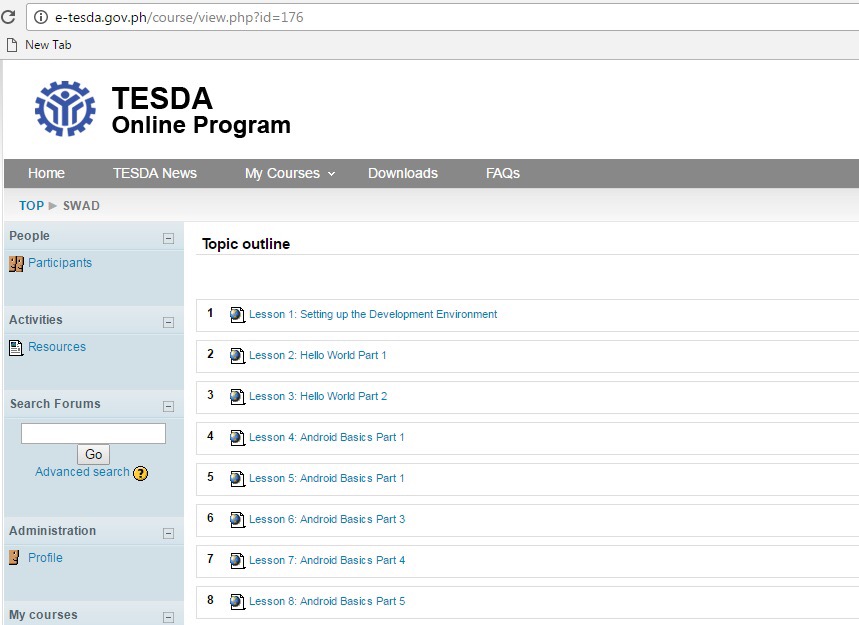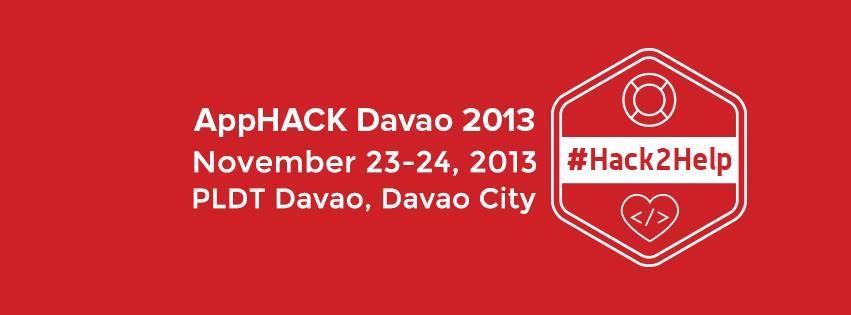By Stephen McNulty, Managing Director, Asia Pacific and Japan, Progress
Citizen developers have been changing the application development game for several years now with an ever growing community. This tune is being sung all across the globe and is not a new revelation. What is interesting here is the emphasis on the importance of application development within organizations and how these end-user developers are empowered for quick development to meet this demand for applications.
A recent survey of senior IT leaders, conducted by Samsung, confirmed 90% of companies are hanging their hats on internal applications to improve access to business critical data that will help inform key decisions or simply speed up business practices. From simple, bespoke corporate productivity applications that compile data from siloed spreadsheets so that it’s easier to analyze, to more complex apps for data analysis, internal apps of all sorts will become prevalent in the next five years.
The emphasis on bespoke internal applications will create a step-change in the way apps are developed. As businesses move away from packaged applications to tailored apps for unique departmental requirements, CIOs will need to rethink how to strategically plan, deliver, manage and control this new element of the application portfolio and its architecture.
An opportunity exists for the CIO to marry the right type of ‘citizen developer’ within their organization with a centralized technology platform, effectively empowering the business to support the IT team in building quality internal apps, fast and without risk.
Tackling the need for speed and the developer skills shortage
The need to develop internal apps quickly to meet demand and stay ahead of the curve is paramount in today’s competitive market place. Additionally, developers may be called on to satisfy the need to modernize existing applications by turning them into mobile apps that integrate with core mission critical apps.
Yet, traditional methods of development can be both timely and costly, plus the appetite for apps can be rapidly influenced by a range of market forces, including competitor apps and new platform and device releases. This can often mean that by the time an app is ready for publication, the business need or industry landscape may have changed. The answer is a blended approach to application development that includes a mix of rapid and more traditional methods. This will ensure that development teams keep up with ever changing demand and requirements.
The greater challenge lies in managing the speedy delivery of internal apps, while development teams juggle a tonne of other app priorities in relation to their organizations’ core IT systems. These include regular modernization updates plus the urgent demand for mobile and cloud integration. Pressure on developer time and resource is only likely to worsen.
According to Evans Data, the worldwide developer populations is set to top 25 million by 2020 with the strongest growth in Asia Pacific. And yet, we are seeing demand outstripping supply – a clear indication of the need for the evolution we’re witnessing.
The right type of citizen developer
Many high-performing businesses are seizing on the ‘Citizen Developer’ trend to spur innovation at the front end and effectively widen the development team resource pool. Coined by Gartner, the term relates to users who create new business apps for consumption by others using development and runtime environments, but who do not have traditional developer training or in-depth knowledge of coding. Today, end users can build departmental, enterprise and even public applications using shared services, rapid application development tools, cloud computing services or platforms as a service (PaaS).
Smart organizations are empowering their business analysts to fulfil this role. Responsible for analyzing an organization or business domain, documenting its business processes or systems and assessing the business model and its integration with technology, simple Rapid Application Development (RAD) is a logical extension of the business analyst’s job.
Interestingly, a recent study by McKinsey on software development performance revealed that the top-quartile companies benefited from a 70 percent shorter time to market for new software products and features, and were three times more productive in doing so as compared to companies in the bottom quartile.
Using the RAD tools, business analysts have the ability to build quick productivity-based apps that solve business problems, where typically 80% of the code is developed through drag and drop options negating the need for in-depth development skills. Point-and-click wizards walk business users through the definition of the application’s data model, objects, workflows and more. The right RAD tools also feature templates that enable users to customize their apps by using standard APIs and JavaScript to tailor to each unique requirement.
To achieve rapid application development at scale, the important thing is to ensure business users and developers alike work from one centralized application development platform – one that is ease to use, easy to deploy and accessible anytime, anywhere. This ensures the CIO office retains control of all development projects and that the core development team can manage the data and back-end integration needed to put newly created apps into production.
With a technology platform sanctioned by corporate IT, the CIO is able to empower the business to deliver internal apps without risk. In doing so, the business will be better equipped to use its resource, including citizen developers, to meet changing market and business requirements for apps.











































































































